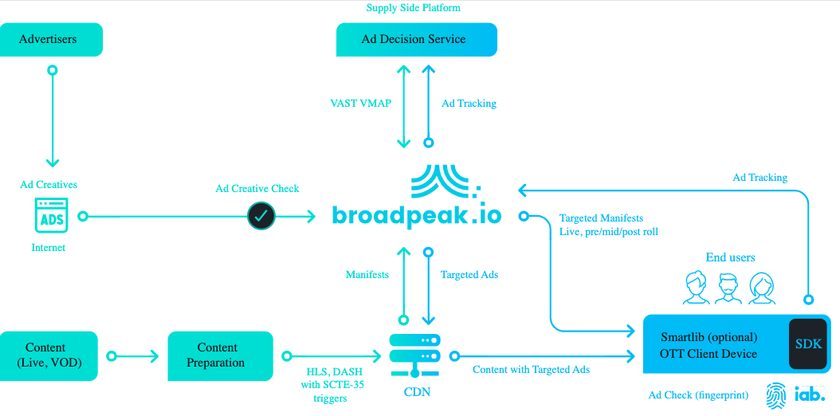Reader enjoys 25-year-old television set

It works!
I consider myself the lucky one to get the un-built Heathkit color TV that had been sitting in the basement of one of your readers for 25 years. Ah, the memories it brought back! As usual, I was a little nervous when the “moment of truth” came and I poised my finger over the power button. It worked! No sparks or flames. I wish I could afford a Plexiglas cabinet so I could admire its innards full time.
They don't make 'em like this any more.
Ray Carlton
To John Luff:
We are using “do-it-yourself” metadata by writing data inside the active video (two lines at the top of the screen). The data comes from sensors mounted on the camera. Unfortunately, this is not very attractive when viewed in underscan mode.
Can this drawback be avoided by using SMPTE 315-1999 to carry the ancillary data? Do you know of any hardware that will support the read/write functions for data using this standard?
David Landelle
Vanves, France
John Luff responds:
Get the TV Tech Newsletter
The professional video industry's #1 source for news, trends and product and tech information. Sign up below.
David:
The most complete reference to SMPTE 315M is the standard itself, available from the SMPTE at www.SMPTE.org. Use of SMPTE 315M is only possible when using SMPTE 259M (270 Mbit component digital video). SMPTE uses the ancillary data capacity that is present during the horizontal and vertical intervals where video is not encoded. There are explicit rules on how to implement private or public use of this capacity, though in practice you may use it in any way you wish if the video will not be exchanged with other users. The capacity is quite large, as video only occupies about 216 Mbits of the space available. Even if the maximum number of embedded audio channels is included (eight AES pairs) there remains a prodigious amount of capacity in the 270 Mbit signal.
John Luff
AZCAR
Recent Freezeframe winners
The answer to this Freezeframe question begins as a good history lesson from readers Alan Schoenberg of Controlware Communications and Jim Wulliman, former SBE Ennes executive director.
The first “CG” was built by AB Dick and called the Videograph. According to Wulliman, the device used a Dictograph dictation recorder for the external memory and a teletype keyboard.
Schoenberg writes that the device was originally marketed by Visual Electronics, with CBS taking over the manufacturing of the CG when Visual went out of business. Using the Videograph as a beginning, CBS created the CBS Vidifont. About the same time, RCA Canada was marketing a CG called the Divcon, which produced a dot matrix display.
The original AB Dick design was later modified by another team of engineers who added new functions and formed a company that launched the CG under the new name of Chyron. The product was called the Chyron 1.
In February 1982, Broadcast Engineering carried an article describing ABC's work in developing what was still called the “CBG” — Character/Background Generator.
Originally, the network wanted to be able to display the 1972 election results using computer-generated white numbers and characters matted over a blue slide. The system used a Varian computer. An Arvin still store, which allowed the use of prerecorded oval shapes for backgrounds, was added for the 1976 elections.
Planning for the 1978 elections began with ABC approaching a company called Dubner Computer Systems. The result was the CBG-1. It was now possible to create an ABC election graphic in a mere 18 seconds! The next model, the CBG-2, used an Intel 8080, eight-bit processor and with its 48k memory could now generate the same background in only two seconds.
And the rest is history.
August Freezeframe winners:
Alan Schoenberg, Controlware Communications
Jim Wulliman, SBE
Augusto Villaseñor, Globecomm Systems
Murray Bevitz, Bell Atlantic
Harvey Caplan
September Freezeframe question:
Name the two companies that promoted a “hybrid VTR using attachable VCRs.” The answer is Frezzolini with the VHS-C Frezzi onboard VTR system and PEP as the “On-Cam BTR, series NK-V.”
The only correct answer to this question was provided by Jim Crawford at Frezzolini.
July Freezeframe question:
Name the eight-DAB radio format reviewed at the 1991 NAB convention.
Acorn, ADR, Digital FM-S, Eureka 147, LinCom, MRM, Power Multiplexing, Standford Telecom.
The only correct answer to this question was provided by Fred Sperry, Madison WI.
All winners will receive a Broadcast Engineering T-shirt. Enter this month's contest by answering the question on page 6.












